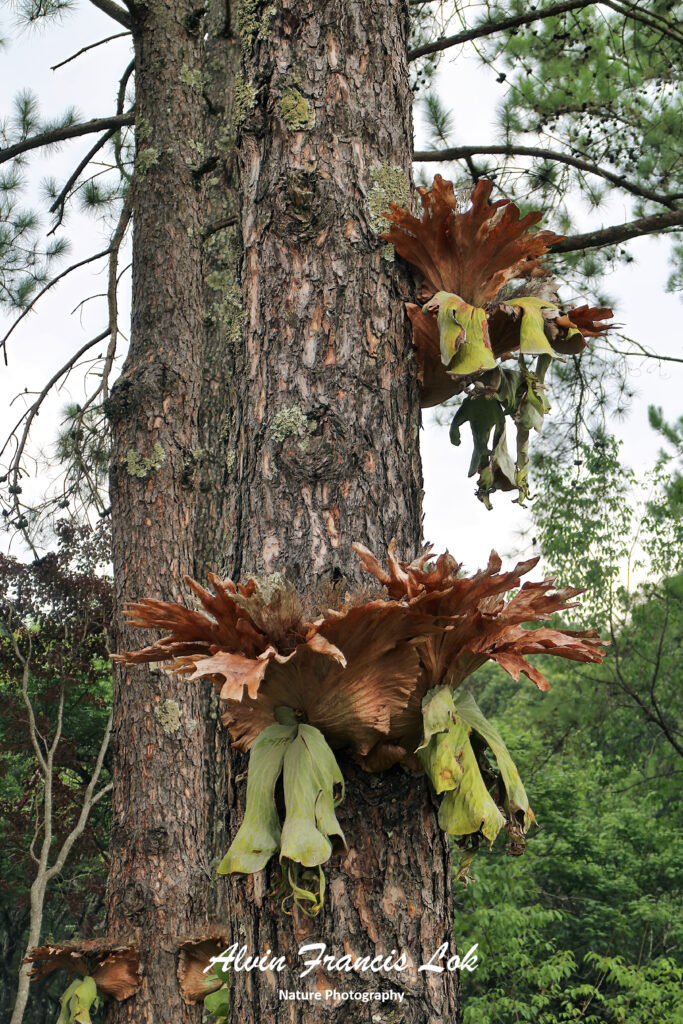Platycerium is a genus of about 18 fern species in the family Polypodiaceae. Ferns in this genus are widely known as staghorn or elkhorn ferns due to their uniquely shaped fronds. This genus is epiphytic and sometime lithophytic and is native to tropical and temperate areas of South America, Africa, Southeast Asia, Australia, and New Guinea.
Platycerium sporophytes (adult plants) have tufted roots, growing from a short rhizome, and bear two types of fronds (basal and fertile fronds). Basal fronds are sterile, shield- or kidney-shaped, and laminate against the tree or rock, to protect the fern’s roots from damage and desiccation. In some Platycerium species, the top margin of these fronds will grow into an open crown of lobes, catching rainwater, falling forest litter, bird/animal droppings allowing natural collection of compost for the plants.
Fertile fronds bear spores on their undersurface, are dichotomous or antler-shaped, and jut out or hang from the rhizome. The spores are born in sporangia, clustered in large sori that are usually positioned on the lobes, or at the sinus between frond lobes.
Some Platycerium species like P. grande or P. holtumii are solitary, having only one rhizome. Other species such as P. hilli, P. coronarium and P. willinckii form colonies when their rhizomes branch, or when new rhizomes are formed from root tips. If the conditions are right, the spores will germinate naturally, on surrounding trees.
Source: Wikipedia
Platycerium hillii (Daintree NP, Queensland, Australia)
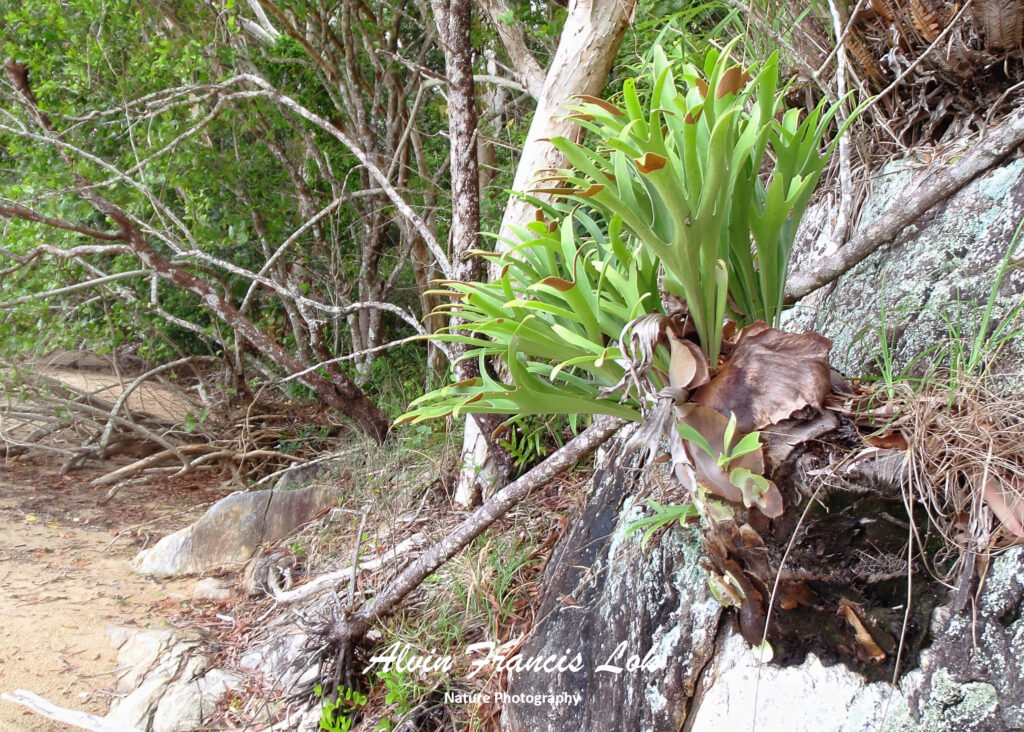

Platycerium holtumii
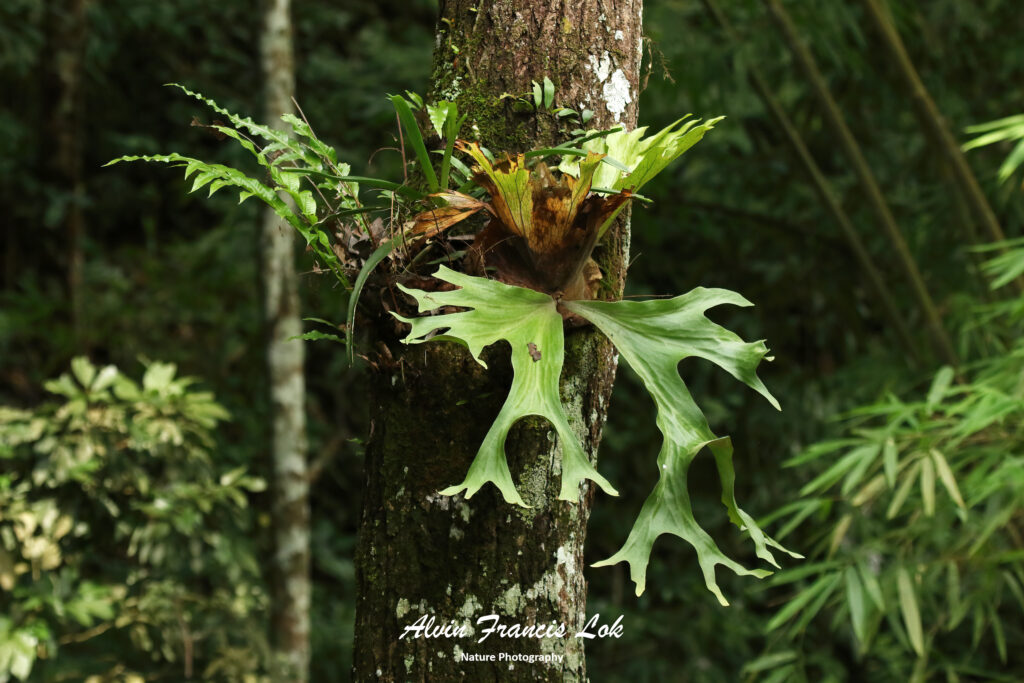

Platycerium ridleyii (Kubah NP, Sarawak, Malaysia)
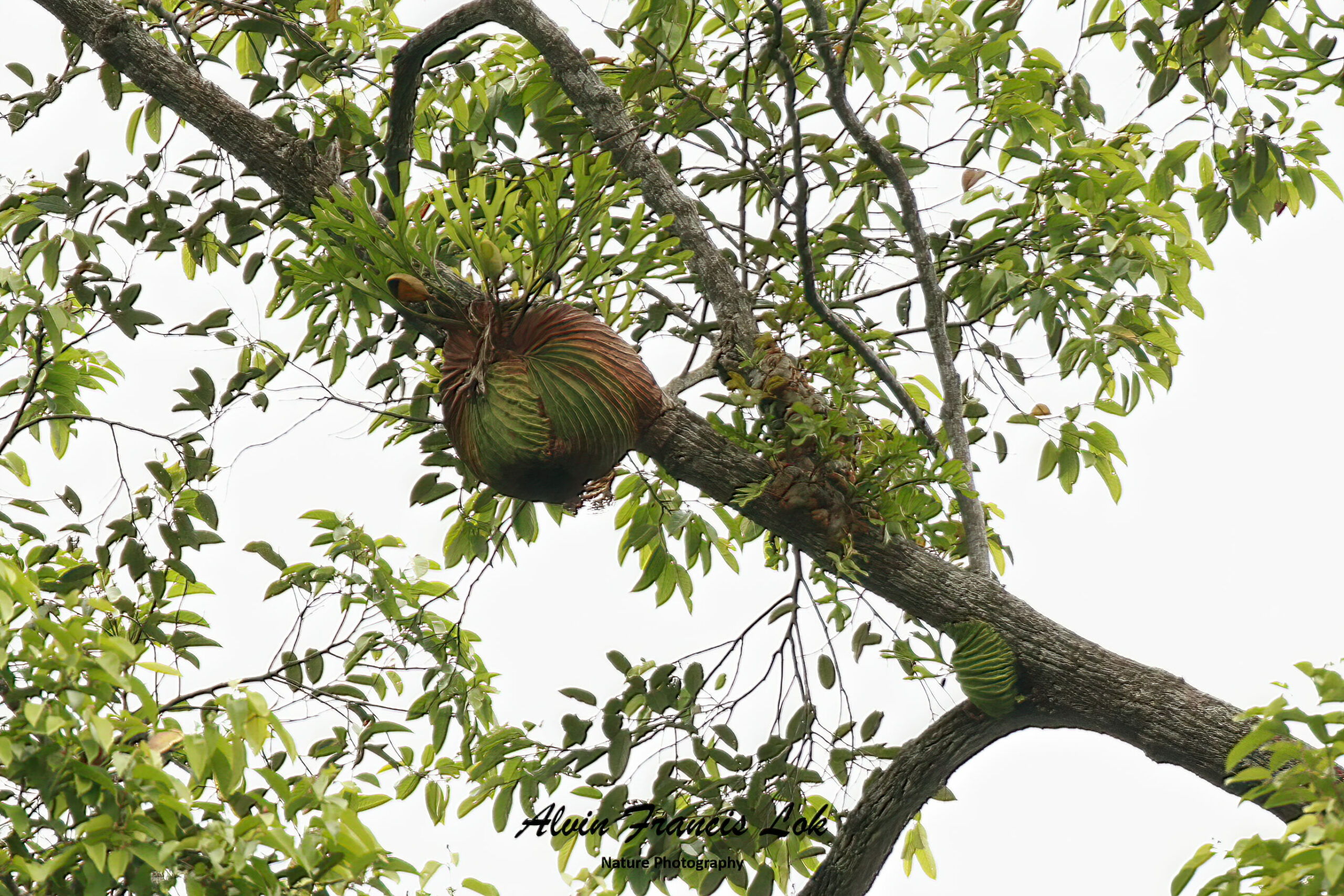
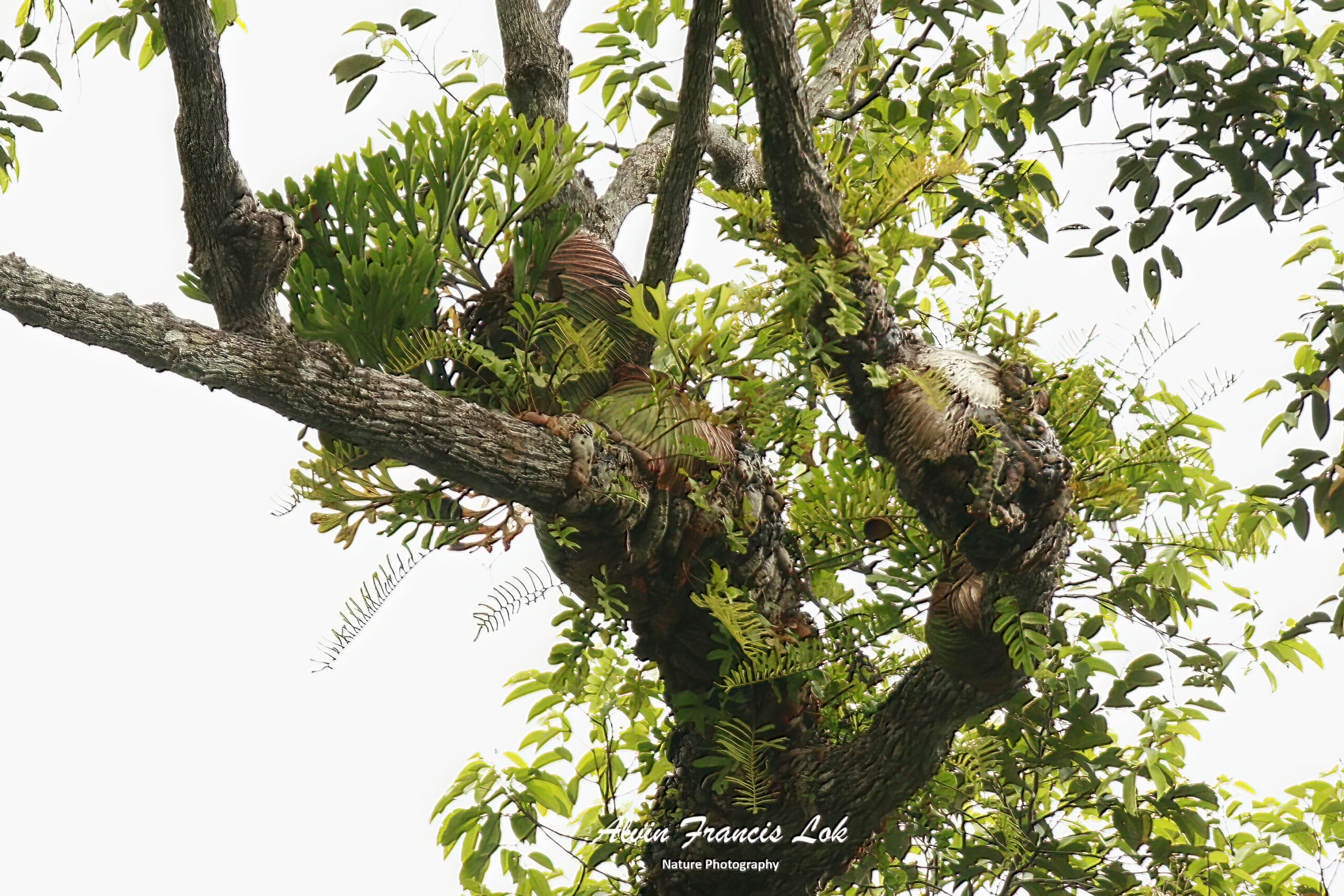
Platycerium superbum (Lamington NP, Queensland, Australia)
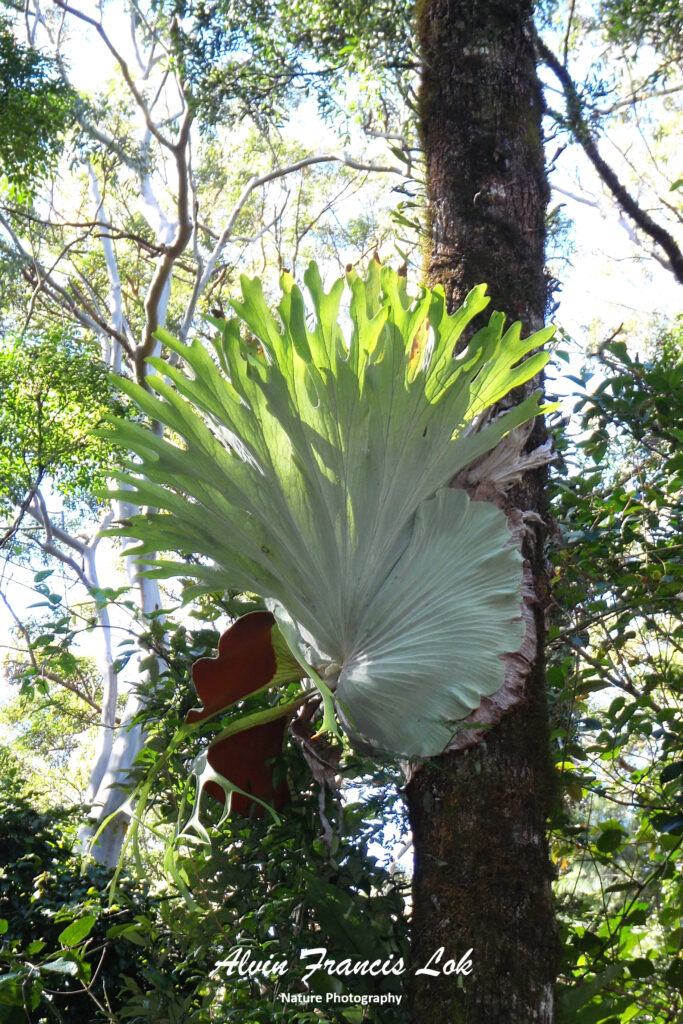

Platycerium wallachii (Doi Inthanon, Thailand)

